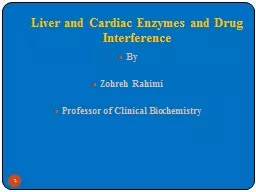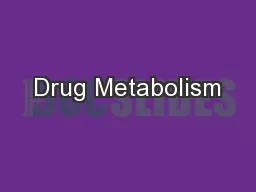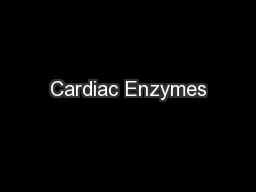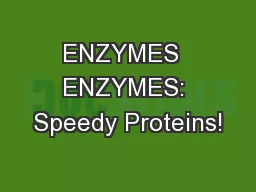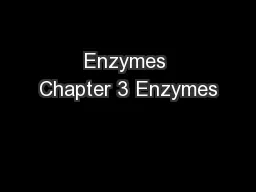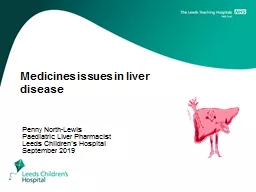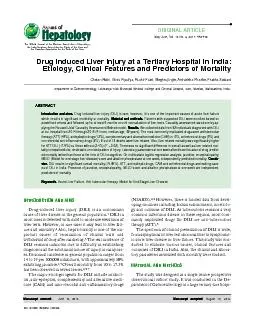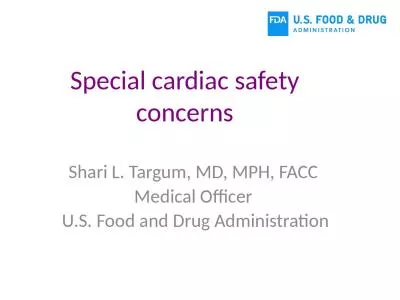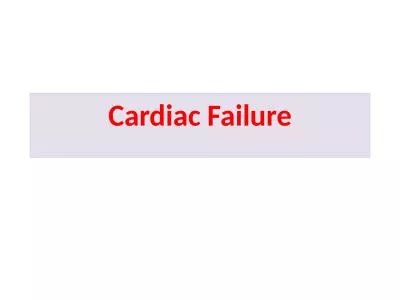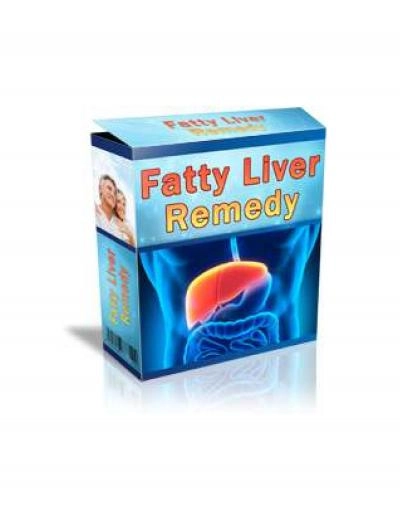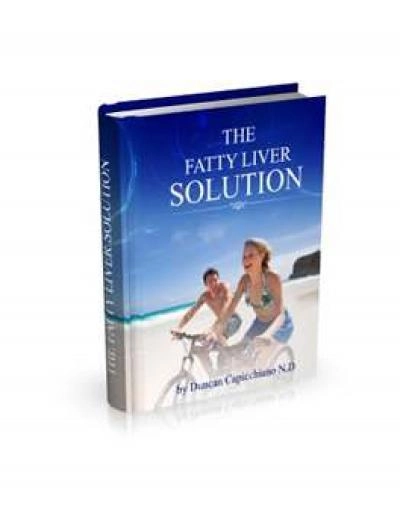PPT-Liver and Cardiac Enzymes and Drug Interference
Author : luanne-stotts | Published Date : 2020-04-03
By Zohreh Rahimi Professor of Clinical Biochemistry 1 TESTS OF LIVER INJURY PLASMA ENZYME LEVELS As metabolically complex cells hepatocytes contain high levels
Presentation Embed Code
Download Presentation
Download Presentation The PPT/PDF document " Liver and Cardiac Enzymes and Drug Inte..." is the property of its rightful owner. Permission is granted to download and print the materials on this website for personal, non-commercial use only, and to display it on your personal computer provided you do not modify the materials and that you retain all copyright notices contained in the materials. By downloading content from our website, you accept the terms of this agreement.
Liver and Cardiac Enzymes and Drug Interference: Transcript
Download Rules Of Document
" Liver and Cardiac Enzymes and Drug Interference"The content belongs to its owner. You may download and print it for personal use, without modification, and keep all copyright notices. By downloading, you agree to these terms.
Related Documents

